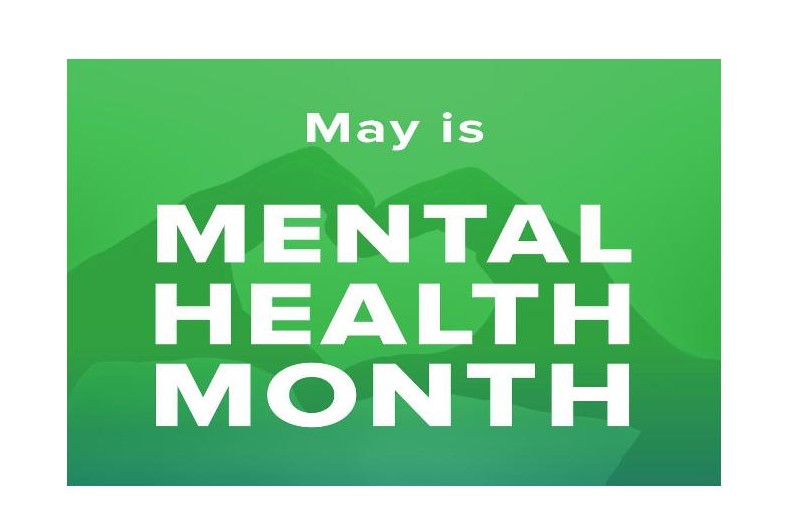Common Misconceptions About Mental Health

During Mental Health Month, it is important to address common misconceptions. While approximately 50 percent of individuals with a mental health condition(s) began experiencing symptoms by age 14, the average delay in receiving treatment is 8 to 10 years. Mood disorders tend to run in families and depression is the single largest cause of disability for people between the ages of 15 and 44. America’s estimated annual cost of illness care for and productivity lost due to depression alone is $80 billion.
A medical illness with physical causes, depression persists until treated. Its symptoms fall into four major categories: Affective (mood), Behavioral (such as as withdrawing from others), Cognitive, and Somatic (physical, including sleep disturbances). Both a serious biological and emotional disease, multiple factors contribute to depression, including age, possible brain chemistry imbalances, gender, genes, hormones, life experiences and other illnesses and substance use, if applicable. Instead of isolating themselves, those with depression need to be honest about their symptoms. The earlier mental health conditions are evaluated and addressed, the easier they are to treat and the less likely it is that further complications will develop.
Depression is a lifelong condition in which periods of wellness can alternate with a recurrence of symptoms; and over half of people who experience a depressive episode will have at least one more in their lifetime. It is vital that individuals learn to identify their personal patterns of illness so they can seek treatment. For example, depression can manifest itself as significant irritability in boys. Depression is not a normal part of aging and can be successfully treated at any point in life. It is believed that 10 percent of Americans aged 65 and older have a diagnosable depressive disorder.
To be diagnosed with bipolar disease, a person must have experienced mania for one week or more. (Extreme emotional changes are not the same as having symptoms of mania and depression.) Individuals who are bipolar do not have multiple personality/dissociative identity disorder. Their thoughts and actions are out of character during manic or depressive episodes and not the result of separate personalities. While those with bipolar disease may seem happy during mania, their elevated moods often become frightening or uncomfortable over time. As a result, many do not look forward to being manic.
Hallucinations (seeing or hearing something that is not real) are not uncommon in adolescents. Both they and delusions (strong beliefs in something that is false) can be caused by stress. If either persist for a long period of time or interfere with daily activities and/or relationships, however, it is important to seek help from a doctor or other mental health professional.
About 75 percent of all mental health disorders begin by the age of 24. For those with mental health conditions, community gives a sense of belonging, practical and emotional support, a place to vent and opportunities to help others. Isolation and loneliness are common symptoms of mental illness, and chronic loneliness is more dangerous to an individual’s health than obesity and can damage a person’s lifespan as much as smoking 15 cigarettes a day. When social distancing is not required, joining a book club or spiritual youth group, playing a sport or volunteering with an animal rescue or environmental organization can be ways beyond attending a support group to find a community.
Screening helps to catch mental health issues early before a crisis occurs. Mental Health America is aiming for 1,000,000 Americans to take a screening in May 2020. A fast, free and private way to recognize the signs of any potential problems, you can find a “checkup from your neck up” at https://screening.mentalhealthscreening.org/northern-virginia. The first step to recovering from a mental illness is to admit that it exists. #MentalHealthMonth